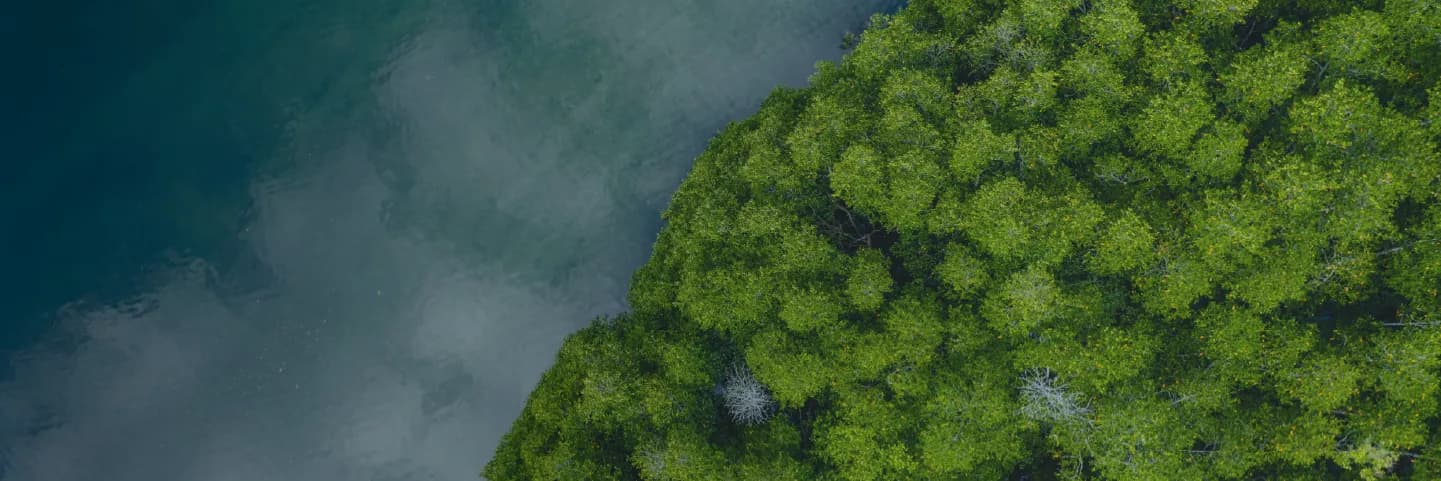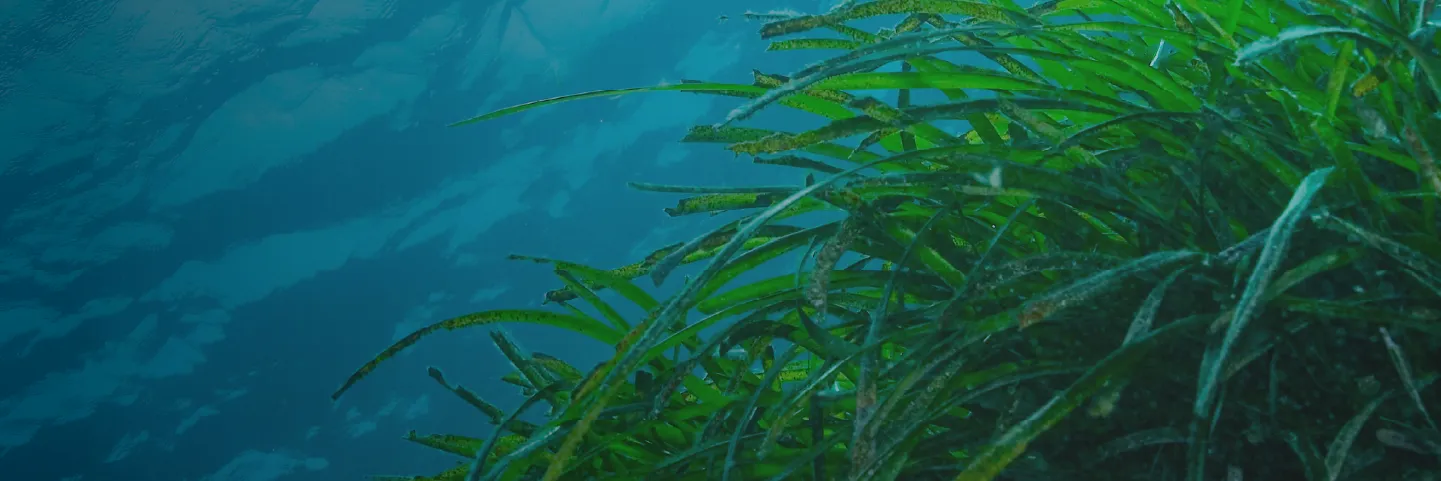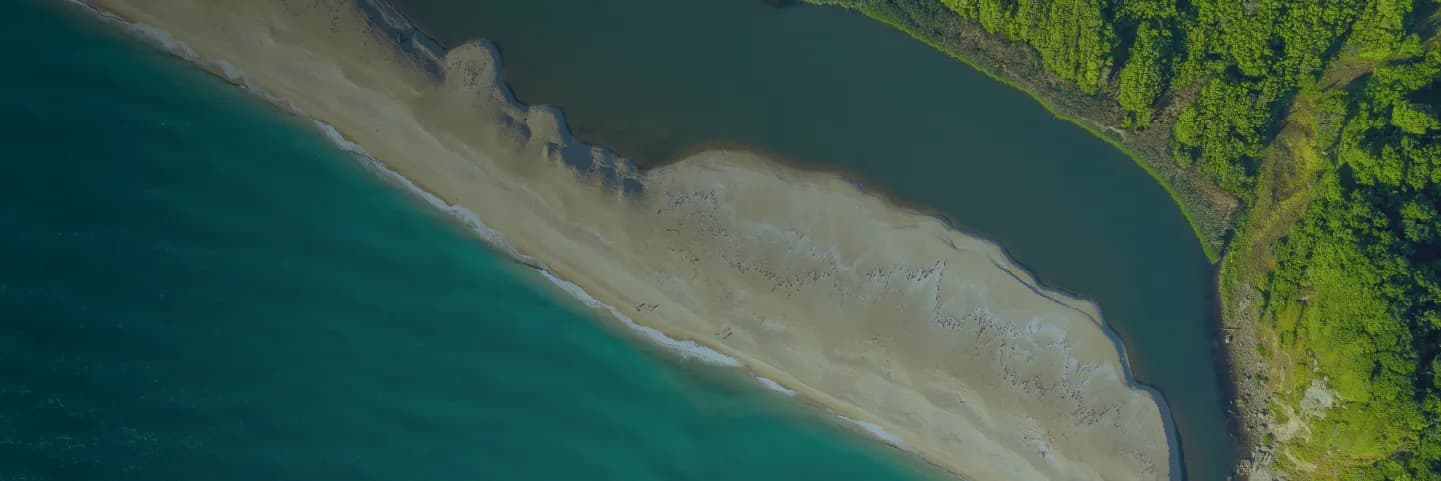Work/Carbon Projects/Blue Carbon
Blue Carbon
Oceans are the world's largest carbon sinks. Significant amounts of this carbon, stored in coastal ecosystems such as mangroves and seagrasses, are referred to as Blue Carbon and play a vital role in mitigating climate change.
What is Blue Carbon?
Blue carbon refers to the carbon captured and stored by coastal ecosystems like mangroves, salt marshes, and seagrass meadows. These natural carbon sinks play a crucial role in mitigating climate change by removing carbon dioxide from the atmosphere. Beyond climate change mitigation, Blue Carbon ecosystems provide numerous benefits, including coastal protection, biodiversity conservation, and supporting fisheries. Protecting and restoring these vital ecosystems is essential for maintaining ecological and economic stability.

The ProClime Approach
Developing Blue Carbon projects with ProClime offers significant benefits, aligning with Verra's stringent requirements. Leveraging decades of professional experience, ProClime's team has a deep understanding of the methodologies essential for successful project implementation. These projects not only contribute to carbon sequestration and climate change mitigation but also enhance coastal resilience, support biodiversity, and generate sustainable economic opportunities.Registries We Work With
Our Blue Carbon Services
Our major activities to combat climate change and environmental damage through several mitigation options are:

Mangrove Afforestation, Reforestation and Conservation

Seagrass Restoration and Conservation

Tidal, Estuarine & Brackish Water Ecosystems
Frequently Asked Questions
What is Blue Carbon?
Blue carbon refers to the carbon captured and stored in coastal ecosystems, primarily salt marshes, mangroves, and seagrass meadows. These ecosystems play a vital role in mitigating climate change by sequestering carbon dioxide from the atmosphere and storing it in their soils and sediments.
What are the key benefits of Blue Carbon?
The key benefits of blue carbon projects include carbon sequestration, coastal protection, biodiversity, improvement in water quality and nutrient cycling.
Our Unique Climate Solutions

Achieve your Sustainability Goals with ProClime.
Blue Carbon projects capture carbon from the oceans and coastal ecosystems.Talk to Our Experts

